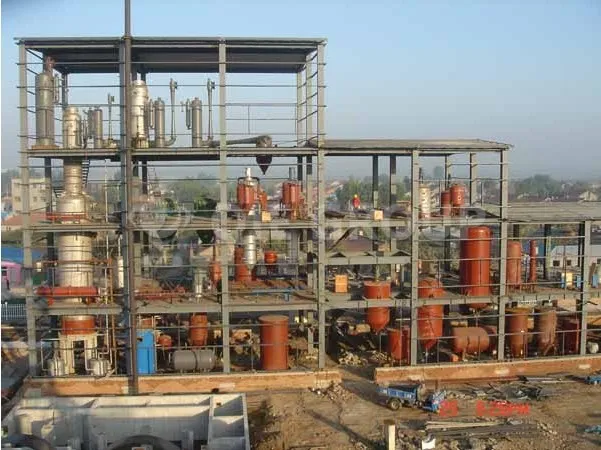
Pretreatment process: 1) Cleaning process: In order to effectively achieve the cleaning effect, ensure a good operating environment and production stability, and improve the quality of finished products, the process is equipped with a high-efficiency bran-selenium separation screen to clean up large and small impurities; a suction-type specific gravity stone remover is configured to remove side stones and side mud; a non-powered magnetic separator is configured to remove iron impurities; and a dust removal air net is configured.
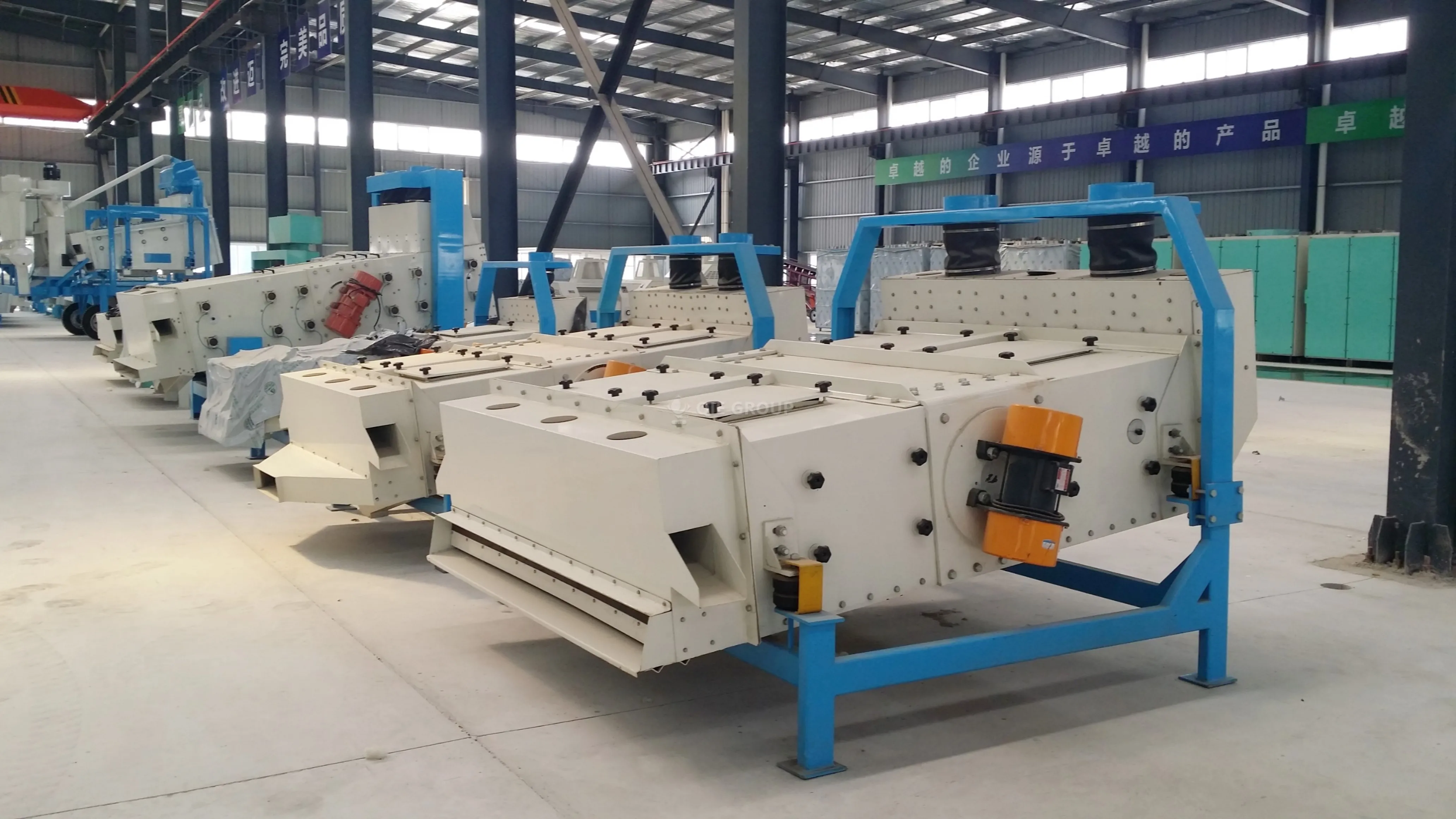
(2) Tempering : The rice bran tempering process can not only make the raw material uniform and have a certain toughness, but also change the original oil molecular structure to facilitate extraction. It can also make the non-hydratable phospholipid content in the extracted crude oil very low, which is convenient for the dephosphorization and physical refining of salad oil.
(3) Rice bran puffing machine : the puffed material can improve the extraction efficiency, reduce the solvent and steam loss rate, improve the quality after extraction, and make the material particles formed, which is more conducive to crude oil extraction.
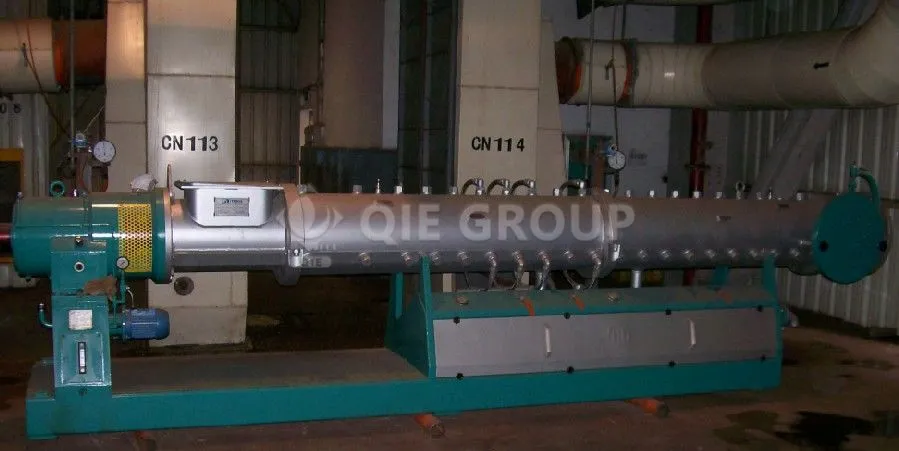
4) Flat dryer: suitable for drying rice bran puffed particles, which can effectively remove moisture from rice bran particles so that the rice bran particles meet the requirements of the leaching process.

Rice bran extraction process
1. Leaching process
The material is first fed into the extractor storage box by the feeding horizontal scraper conveyor. The material level of the storage hopper is kept at a certain height, which plays a role of sealing the material and preventing the solvent gas from overflowing. The closed auger evenly delivers the material from the storage box to the extractor. The closed auger discharge section has a material seal, which also plays a role of sealing the solvent gas.
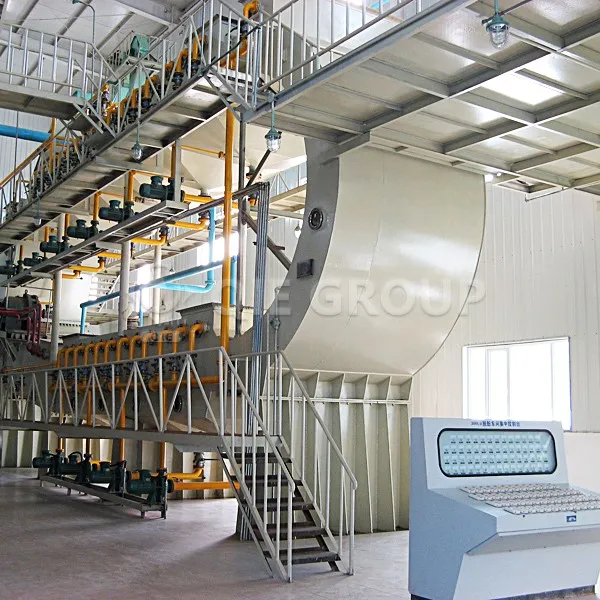
2. Steaming process
The wet meal discharged from the bottom of the extractor enters the second closed auger via the wet meal scraper conveyor. This auger also has a material seal at the discharge end to prevent the degassing machine gas from entering the extractor and avoiding the generation of positive pressure that affects the operation of the extractor.
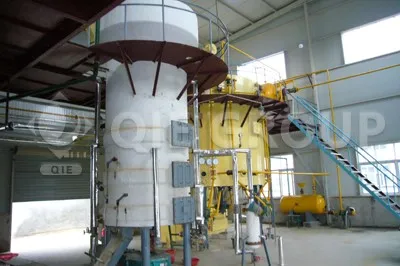
3. Evaporation process
The concentrated mixed oil pumped from the extractor is temporarily stored in the mixed oil tank and further clarified. The slag accumulated at the bottom of the mixed oil tank is regularly pumped back to the extractor by the slag return pump; the clarified oil enters the first evaporator
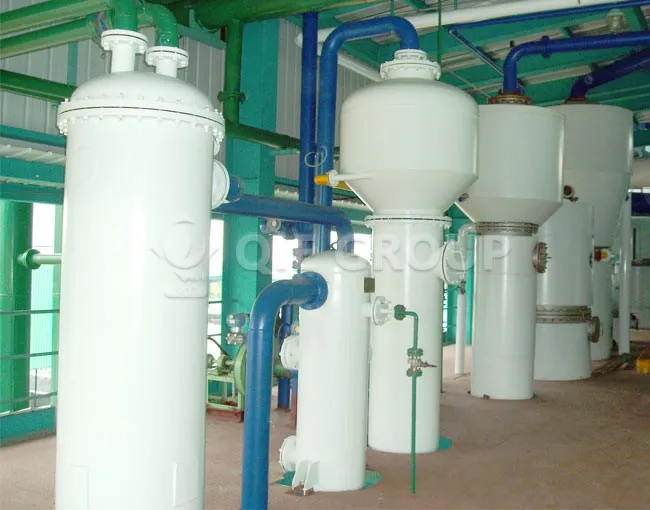
4. Solvent condensation and water separation process
The solvent gas from the extractor, degassing machine, first evaporator, second evaporator and stripping tower enters the respective condensers. In the condenser, the non-condensable gas exchanges heat with the cooling water. The condensate flows from the bottom to the water separator. After the water is separated, the solvent is finally discharged to the solvent turnover tank for recycling.
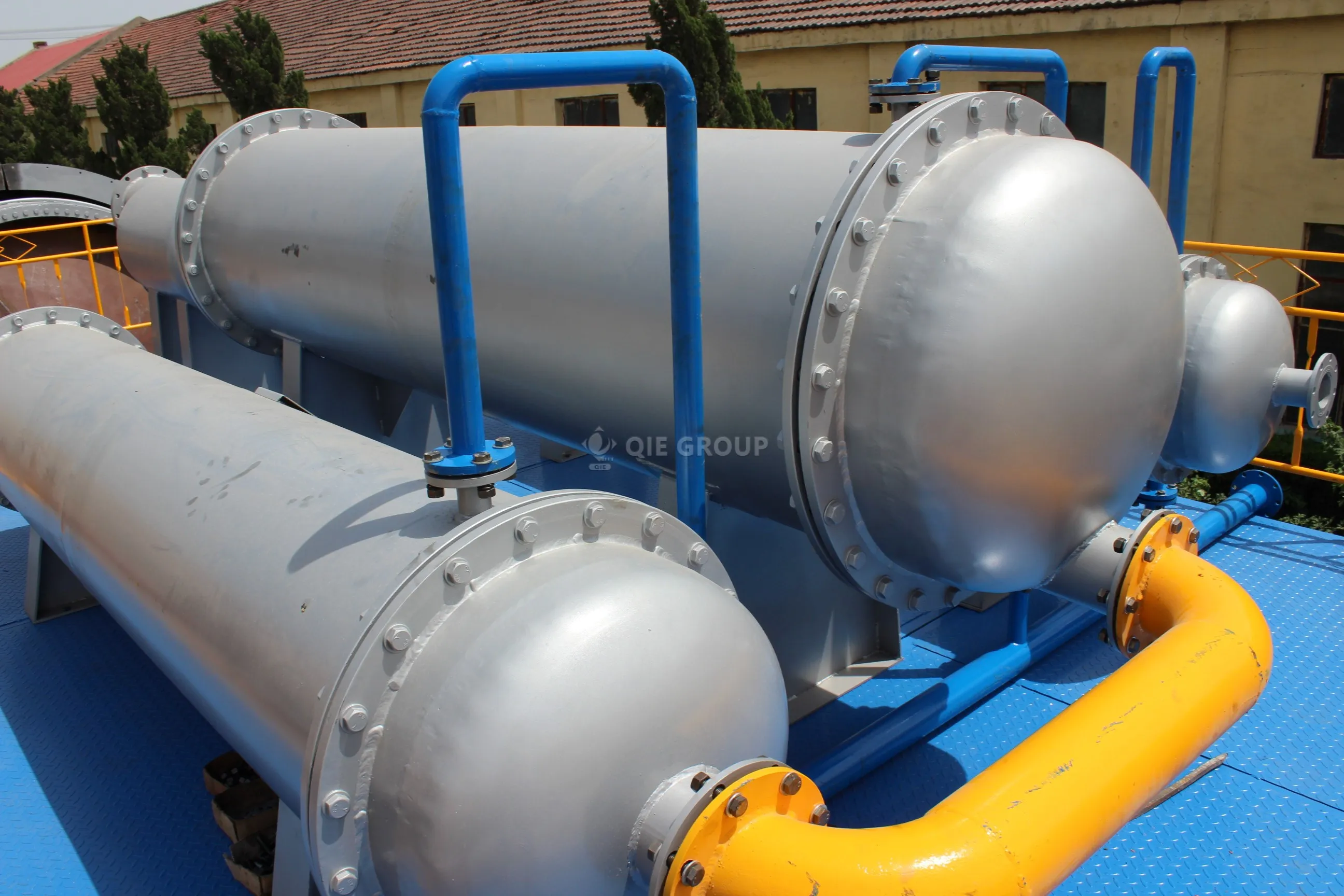
5. Tail gas absorption process
Finally, the free steam from the condenser is pumped out by a mechanical vacuum pump and enters the bottom of the cold water absorption tower. At the same time, cooling water is sprayed into the tower from the top through the nozzle in the form of mist, passes through the packing layer and countercurrently contacts with the tail gas to absorb the solvent. The tail gas after absorption is discharged into the atmosphere from the top. The cooling water that absorbs the solvent flows into the water distribution tank for water distribution, and the solvent is recovered. The waste water is discharged into the cooking tank.
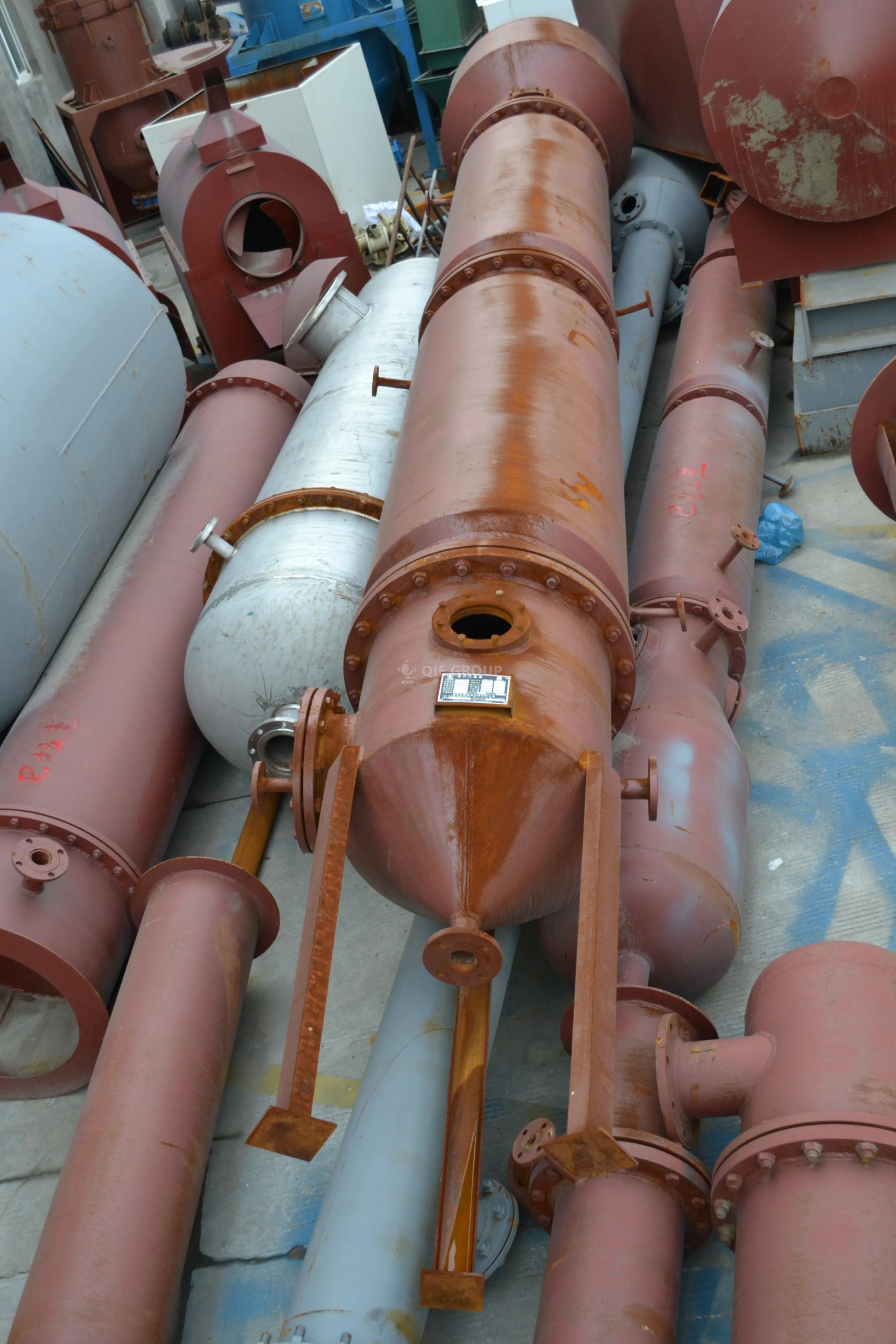
Brief Introduction of Crude Oil Refining Process
After the crude oil is filtered, it is preheated and a certain amount of hot water is added to remove the gum impurities. A certain amount of alkali solution is added to the degummed crude oil for alkali refining reaction, and then the soap stock and neutral oil are separated. The neutral oil after soap removal is washed and separated, and then enters the decolorization pot for heating, vacuum drying and dehydration, and then decolorization and filtration. The decolorized oil enters the deodorization pot, and after deodorization, it is filtered and cooled to the finished oil tank.
